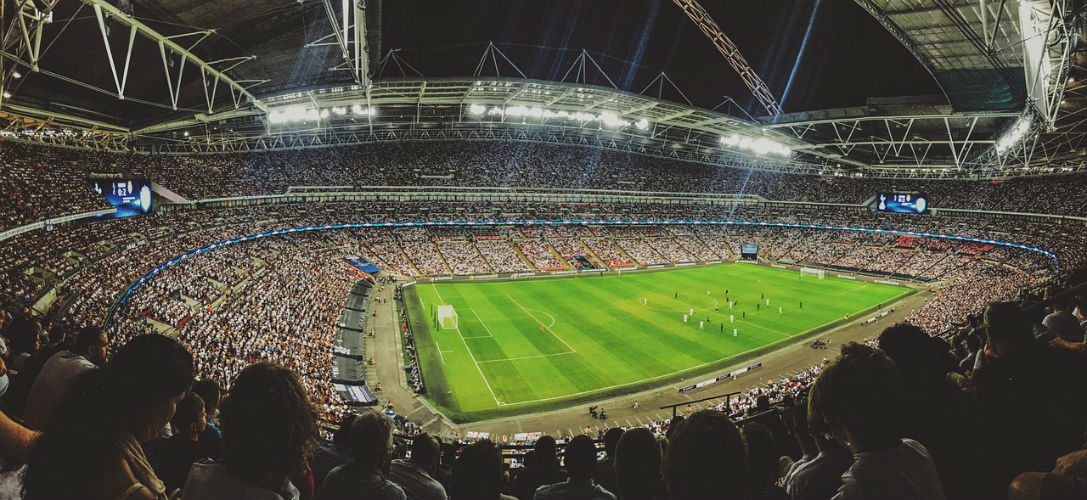The 2018 Russia World Cup is in full swing, the quarter-final games beginning on Friday. With the new World Cup comes new World Cup technology. For the first time, Video Assistant Referee (VAR) technology will be used in a major, international soccer tournament.
The Video Assistant Referee is actually a team comprised of four people, one head VAR and three assistant VARs. The head VAR watches the main camera on one monitor and reviews incidents on a second quad split monitor. His role is to communicate with the referee on the field about any potential problems. The first assistant VAR also focuses on the main camera, updating the head VAR on the live game as a play is being reviewed. The second assistant VAR reviews specific plays up close while the third VAR evaluates potential offsides.
There are 33 broadcast cameras positioned in the stadium that the VARs can view. Among those 33 cameras are eight super slow-motion cameras, four ultra slow-motion cameras, two ultra high-definition cameras, and two offsides cameras. From the knockout stages onwards, two additional ultra slow-motion cameras are behind each goal, joining the single ultra slow-motion and super slow-motion cameras that are already positioned there.
While this is not the first time a major tournament has used this, goal-line technology will also be integrated in the Russia games. GoalControl, a German-based company, has been selected to set up their GoalControl 4D system in the Russia stadiums. The system utilizes 14 high-speed cameras aimed at the field – each positioned on the roof of the stadium with seven at each goal. Each camera operates at 500 frames per second. The GoalControl 4D system filters out any players, referees, or disturbances in the video feed, allowing the cameras to follow the ball. The software then uses the filtered feed to calculate the X, Y, and Z coordinates of the ball as well as its speed. GoalControl claims their system can calculate the position of the ball within five millimeters of its actual position. When the ball crosses the goal-line, the system sends an encrypted radio signal to the main referee’s watch, which then displays the word “Goal.”
VAR and goal-line technology have proved to be invaluable in the World Cup. In a game where few goals are scored per match, it is crucial that major incidents involving goal scoring opportunities are called correctly. VAR allows for these critical plays to be reviewed so that the referee makes the right calls. VAR has been used in every 2018 World Cup match and it seems like the technology is here to stay.
By Sneha Ojha










